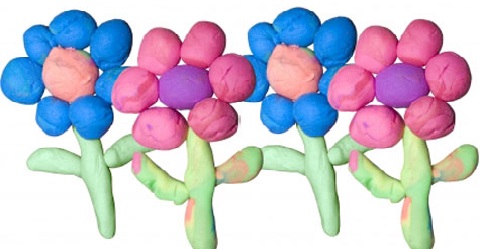"Bringing excellence to your child"
In order to achieve excellence, children need a challenging, loving, and stimulating learning environment. We can help.
Curriculum for 3-year-olds

We believe that each child is a unique individual. We are sensitive to their social, emotional, cognitive, and physical needs. We provide a developmentally-appropriate program balanced with Montessori academic activities. ABC Learning Montessori acknowledges that children develop, grow, and learn in different ways and at different rates. We respect and support the individual needs and talents of our students and seek to empower each student to reach their fullest potential. ABC Learning Montessori strives to provide a stimulating and nurturing learning environment that contributes to the overall development of each child. Although the individual goals for each child will depend on that child, the following is a general description of the goals of our program. During the day, children use materials to explore topics such as reading, writing, mathematics, practical life sensory, science, and art.
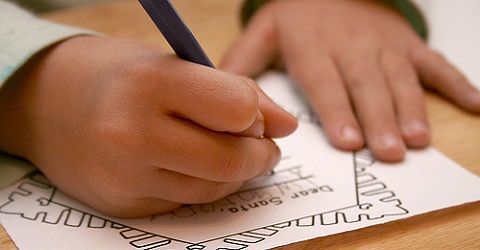
Language One of the most important aspects of a preschool classroom is language development. Language arts include listening, speaking, writing, and reading. Language materials are incorporated through many daily experiences. Beginning with phonetic sound recognition, the child learns to read and write by connecting the letter symbol(s) to each sound, decoding and rebuilding words using movable letters of the alphabet, and by developing eye-hand coordination with specifically designed materials. The child is continually developing oral language and communication skills, preparing for phonics, writing, reading, grammar, and academic paperwork.

Math
Children continue to learn numerals and quantities that correspond to the numerals. Every week, the children learn one number, begin to write that number and correspond objects with the numeral, up to 25. The children learn to count to 100 and identify all 2-dimensional and 3-dimensional shapes. Using place value boards, the children are able to identify the place value of a number up to the thousands place. They also learn to identify which number comes before or after another number and which number is missing from a sequence. The children learn to sort items by shape, color, size and other attributes. The children are able to replicate visual patterns and to create their own patterns. They begin to add and subtract one-digit numbers and learn which are greater and less.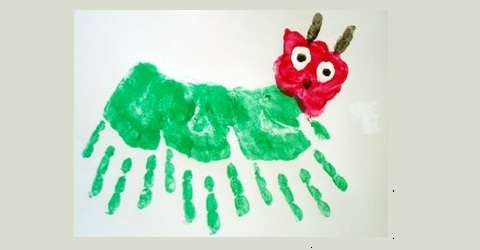
Science
We feel that it is very important for children to know about the world around them. We accomplish this through a variety of short-term and ongoing experiences. A butterfly nursery allows the children to observe and discuss the life cycle of butterflies. Children plant various seeds and observe their growth; they learn to experiment by determining which items will sink and which will float.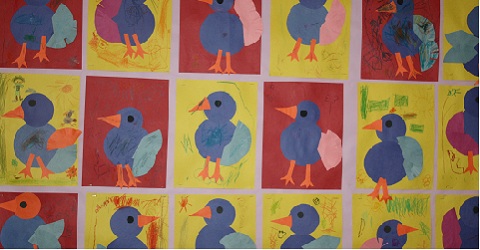
Art
Art is an integral part of our program, available to the children at all times during the day. Children create open-ended art projects using a variety of materials such as crayons, paints, play dough, etc. In order to create their projects, the children learn how to hold crayons and pencils correctly, how to use a paintbrush and finger paints, and how to use scissors and glue. Children are taught to use art materials appropriately, to have respect for the work of others, and to clean up when they are done with their projects.Art projects created on Fridays are based upon the theme of the month.
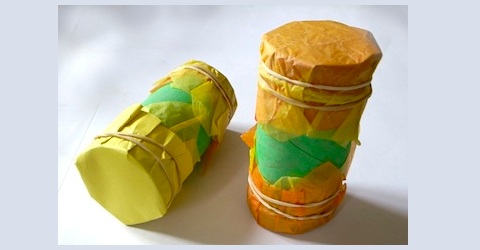
Music and Movement
The fine and gross motor development of every child is enhanced through a variety of music and movement activities. Children learn finger plays and nursery songs to move their bodies in various ways (hopping, crawling, skipping, marching, etc.). They practice clapping along with a rhythm.